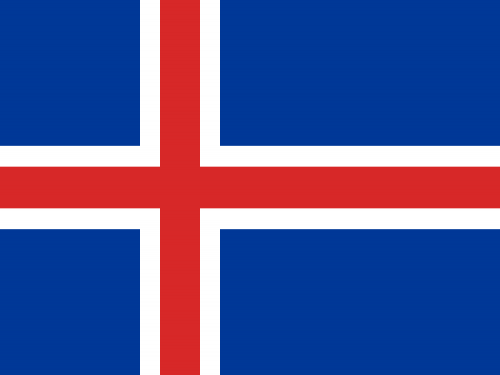Reykjavík
Discover Reykjavík

Country
Reykjavík's story begins in the 9th century when Norse settlers, led by Ingólfur Arnarson, sought refuge along the icy fjords of Iceland. The city's name, which means "Smoky Bay," alludes to the steaming geothermal vents that dot the landscape.
For centuries, Reykjavík remained a humble fishing village, overshadowed by the Althing, the world's oldest parliamentary institution, founded in Thingvellir. However, in 1786, Reykjavík was officially designated as Iceland's capital.
In the 19th century, Reykjavík saw a cultural awakening, spurred by the Romantic movement. Literary figures like Jónas Hallgrímsson and Matthías Jochumsson breathed life into Icelandic literature and poetry.
The 20th century brought political transformation as Iceland gained independence from Denmark in 1944. Reykjavík became the epicenter of Icelandic politics and culture, and the iconic Hallgrímskirkja, a Lutheran church, emerged as a symbol of national identity.
Today, Reykjavík stands as a vibrant city where Viking heritage blends with modern innovation, where the Northern Lights dance in the winter sky, and the Blue Lagoon beckons relaxation.
Source ChatGPT


XP EARNED OUT OF 0
Local Airports
Reykjavík Airport

Elevation
14 m
Opened
1919
Runways
2
Keflavík International Airport

Elevation
52 m
Opened
1942
Runways
2

